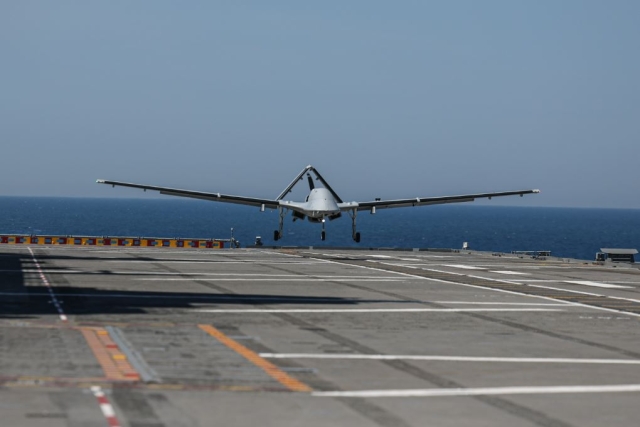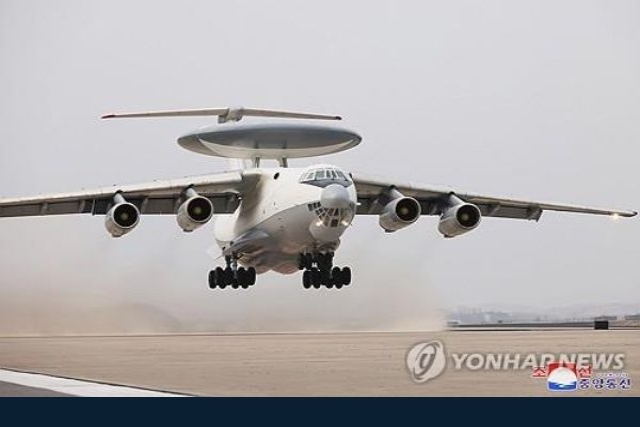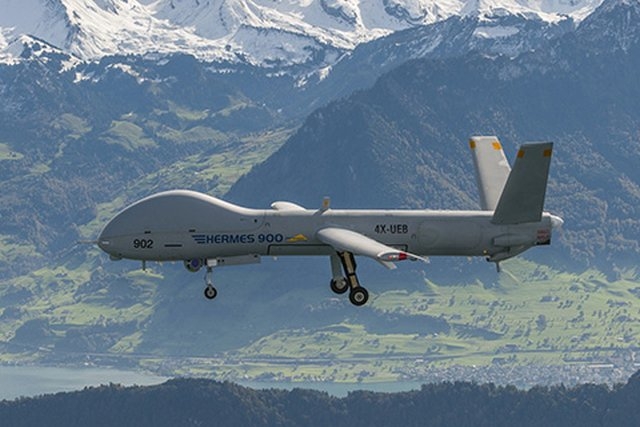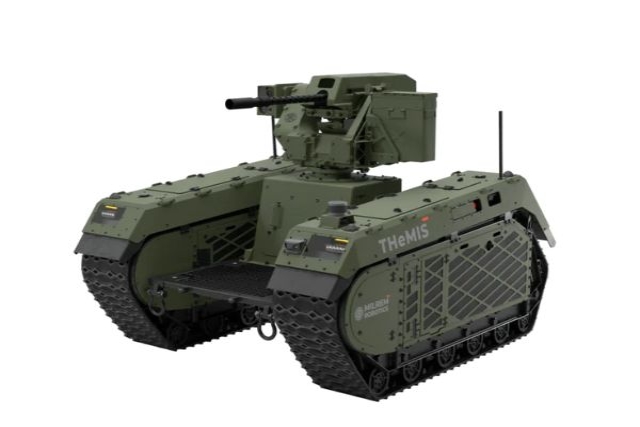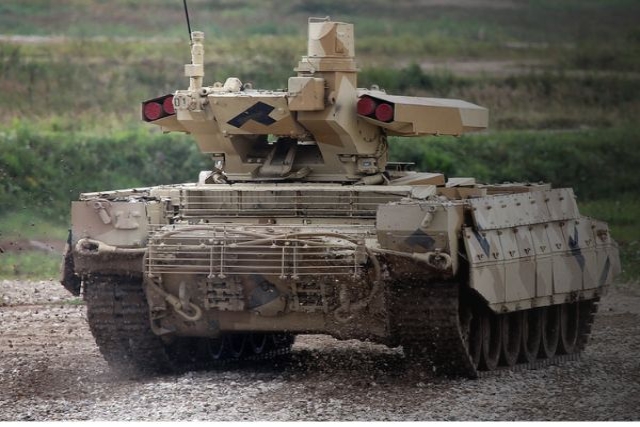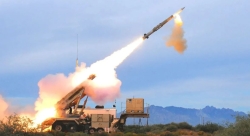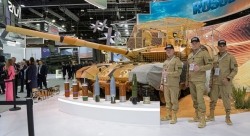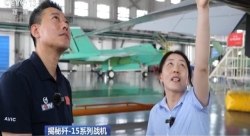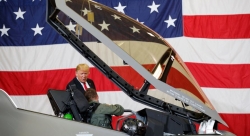Chinese Researchers Deploy DeepSeek AI to Simulate Military Scenarios
DeepSeek, China's home-grown Artificial Intelligence tool, generated 10,000 military scenarios in 48 seconds compared to 48 hours when done by military experts.
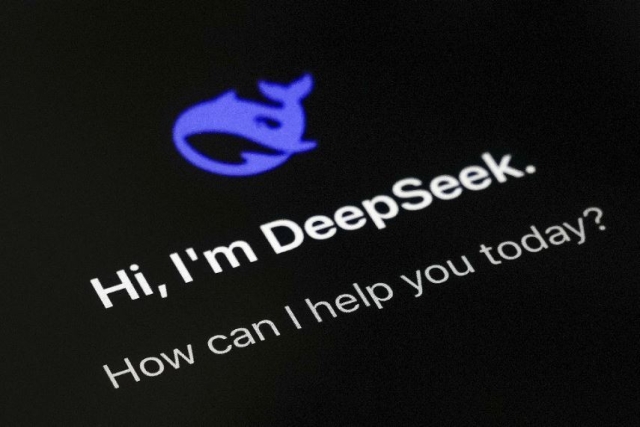
A Chinese research team at Xi’an Technological University has begun using the DeepSeek artificial intelligence model to autonomously generate simulated military scenarios, significantly accelerating and expanding combat planning capabilities.
According to the team led by Professor Fu Yanfang, DeepSeek can simulate 10,000 potential battlefield scenarios in just 48 seconds—a task that would traditionally require up to 48 hours for human commanders. The development marks a shift from conventional manual scenario-building toward AI-driven, real-time battlefield planning.
“It’s not just an improvement in efficiency, but a fundamental subversion of conventional manually generated scenarios,” the team stated in a release.
The researchers said the DeepSeek large model transforms military simulation from a “pre-programmed rule system” into an “autonomously evolving intelligent agent.” Professor Fu explained that this shift provides a digital testing ground for future conflicts through virtual-real interaction, allowing planners to explore complex warfare environments without physical engagement.
Modern warfare, the team emphasized, is evolving rapidly toward intelligentized, unmanned, distributed, and multi-domain operations. In this context, AI tools like DeepSeek offer the ability to simulate realistic and dynamic conditions more effectively than traditional systems.
The release also noted that designing military scenarios involves complex systems thinking and adaptability—areas where AI’s data-driven pattern recognition gives it a distinct advantage. DeepSeek builds a “multidimensional battlefield knowledge graph,” which helps the system reconstruct operational logic and troop deployments based on extensive data training.
By creating a closed-loop framework of “data-driven - intelligent simulation - plan evolution,” the team believes the technology could influence future military design and operations.

